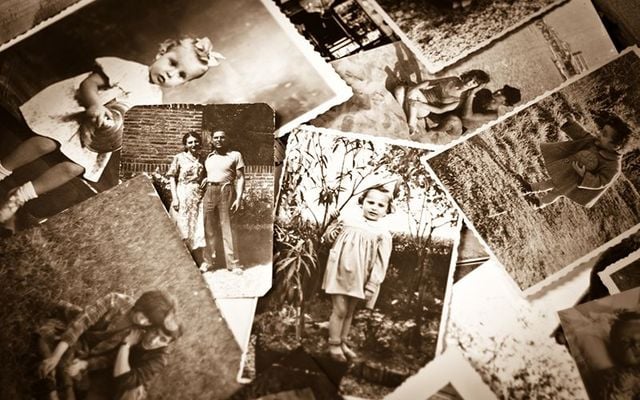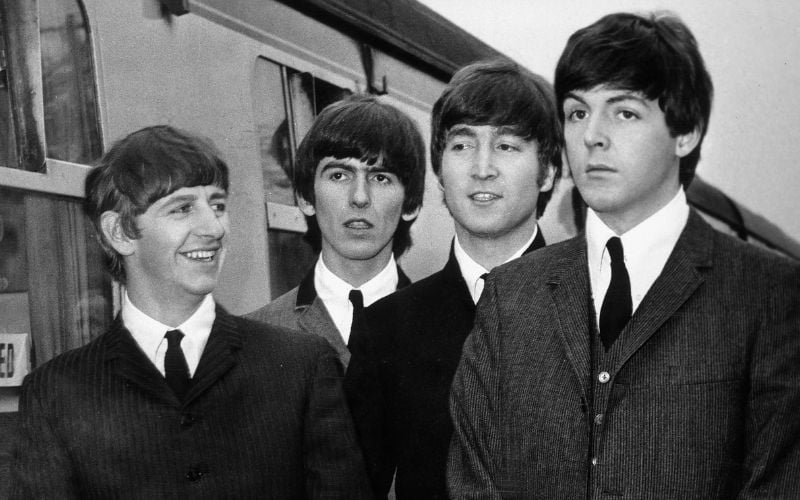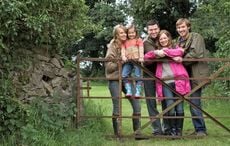Derry City and Strabane genealogist Brian Mitchell shares his top tips for finding out as much as possible about your Irish ancestor using public records and archives.
There are 2,508 parishes in Ireland. You can identify the civil parishes of Ireland, and their associated townlands, at John Grenham's Civil Index by selecting the county of interest on the map. To gain insight into the economic and social landscape of 19th-century Ireland, you can consult A Topographical Dictionary of Ireland, published in 1837, by Samuel Lewis. Arranged in alphabetical order by parish, town, and village, this book can be viewed online at Library Ireland. An excellent starting point for surname research is the "surname search" option at JohnGrenham.com where you can explore the location, frequency, and history of Irish surnames.
Research steps
Step 1: Search 1901 and 1911 census returns
Although census enumerations were carried out every decade from 1821, the earliest surviving complete return for Ireland is that of 1901. The census enumerations of 1901 and 1911, arranged by townland in rural areas and by street in urban areas, can be searched, for free, at the National Archives. These returns will list the names, ages, and place of birth of all members in a household.
Read more
Step 2: Search for births, marriages, and deaths
Civil registration of births, deaths, and Roman Catholic marriages in Ireland began on 1st January 1864, while non-Catholic marriages were subject to registration from 1st April 1845. Prior to the commencement of civil registration of births, marriages, and deaths in Ireland, family history researchers usually rely on baptismal, marriage, and burial registers kept by churches. With civil registration of births and deaths commencing in 1864, and with the patchy survival of church records prior to 1820, gravestone inscriptions can be a vital source for family historians.
Irish Civil Records of births, marriages, and deaths can now be searched and viewed at Irish Genealogy. Upon searching the index, which returns the name, event type, year, and name of the Superintendent Registrar’s District, a PDF of the full register page in which that birth, marriage, or death certificate appears can be downloaded by selecting ‘image’.
At present, images are available for births from 1864 to 1921, marriages from 1845 to 1946, and deaths from 1871 to 1971. Further images of deaths dating back to 1864 will follow later.
RootsIreland, at www.rootsireland.ie, is a good starting point for searching church registers of baptisms, marriages, and burials, as this website is the largest online source of Irish church register transcripts. You can either search across all counties or search a particular county. For example, Derry Genealogy, at www.derry.rootsireland.ie, has transcribed and computerized the early baptismal and marriage registers of 97 churches (38 Roman Catholic, 24 Church of Ireland, and 35 Presbyterian; the earliest being the registers of St Columb’s Cathedral in Derry city, which date from 1642) and gravestone inscriptions from 117 graveyards.
As the search facility on this website is very flexible, it means that you should be able to determine if any entries of interest to your family history are held on this database. For example, if you are searching for the baptism/birth of a child, you can narrow the search down by year, range of years, names of parents, and by the parish of baptism/district of birth. Marriage searches can be filtered by year, a range of years, the name of the spouse, the names of parents, and the parish/district of marriage.
It must be stated, however, that a failure to find relevant birth/marriage entries in this database doesn't mean that the events you are looking for didn't happen in Ireland. It simply means that they are not recorded in the database; for example, they may be recorded in a record source that doesn't survive for the time period of interest or in a source that has not been computerized, or, perhaps, in the database of another county.
Read more
For example, you can search, free of charge, at www.irishgenealogy.ie, Church of Ireland parish registers for counties Carlow and Kerry and Dublin city; and Roman Catholic parish registers of County Kerry, Dublin city, and west and south Cork (i.e., parishes in Dioceses of Kerry and Cork and Ross except most of Cork city).
Step 3: Search census substitutes
Quite often, the only realistic strategy in tracing ancestors beyond church registers (which are the building blocks of family history) is to examine surviving land records and census substitutes, often compiled by civil parish, for any references to a surname or given name of interest. The problem with these sources is that they name heads of households only; hence, they provide insufficient information to confirm the nature of linkages between named people in these sources. Census substitutes, however, are very useful in confirming the presence of a family name in a particular townland and/or parish (i.e. in suggesting/confirming an ancestral home), and in providing some insight into the frequency and distribution of surnames.
You can examine mid-19th-century Griffith’s Valuation, early-19th-century Tithe Books, and the 1796 Flax Growers’ Lists. It must be emphasized that such sources will confirm the presence of a name and/or surname of interest, but they will not confirm if there is a connection between people with the same surname!
* Brian Mitchell, genealogist with Derry City and Strabane District Council, offers a free genealogy advisory service via email at [email protected], to anyone tracing their roots in North West Ireland. He will respond to queries about place names, surname origins, sources to search or record offices to visit, and suggest research recommendations. Find out more here www.rootsireland.ie/derry-genealogy.
*Originally published in June 2022. Updated in October 2025.




Comments